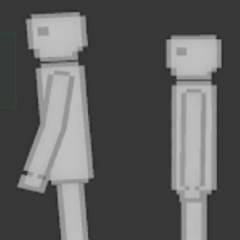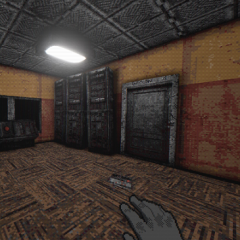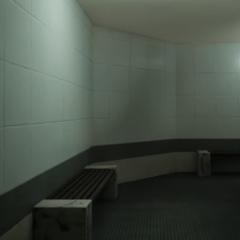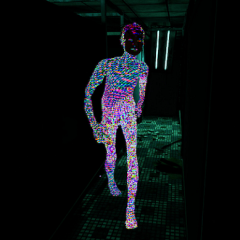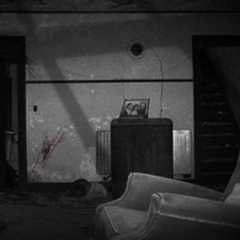In That’s Not My Neighbor Campaign Mode, players step into the role of a doorman assigned to screen tenants entering a 1950s apartment building. Across seven workdays, you’re responsible for spotting and denying entry to doppelgangers—impostors posing as real residents. Every character who appears at your desk brings identification papers, appearance traits, and subtle details you must examine under pressure. Mistakes aren’t just personal—they affect the building itself, with incorrect approvals potentially resulting in real tenants being removed by unseen forces.
Evolving Difficulty and Strategic Tension
As the days progress, the challenge becomes less about spotting obvious errors and more about noticing minor inconsistencies. Doppelgangers grow more deceptive, blending seamlessly into the routine. Tools like newspapers and cryptic side characters begin to appear, offering hints or adding distractions. Your attention is pulled between visual analysis, document checks, and unpredictable events that test your ability to focus. The growing pressure to maintain order forces players to develop new methods of observation and make faster, riskier decisions.
Consequences, Endings, and Replay Design
Every approval or denial affects how the game world shifts on the following day. If too many doppelgangers slip through, the resident list shrinks and events unfold in unpredictable directions. The campaign doesn’t follow a single story arc—multiple endings reflect how carefully the building was protected or compromised. Whether trying to keep the residents safe or uncover hidden secrets behind the impersonators, each playthrough offers new variables. With altered visitor patterns and different narrative fragments on each run, Campaign Mode turns routine desk work into a game of high-stakes pattern recognition.






